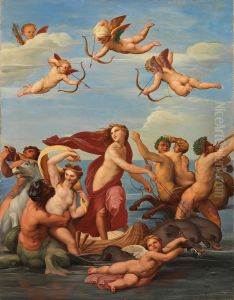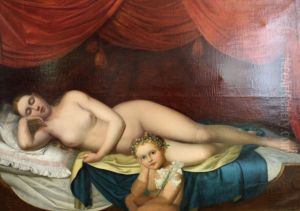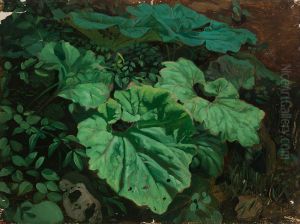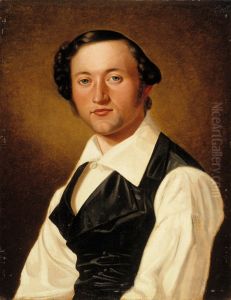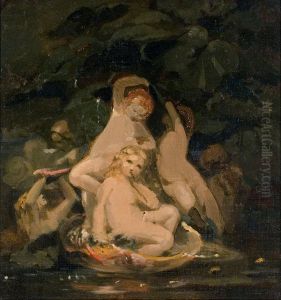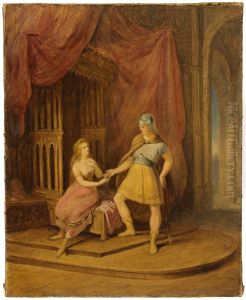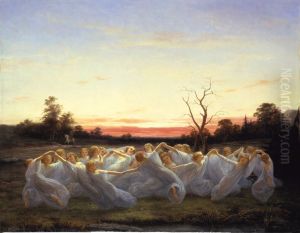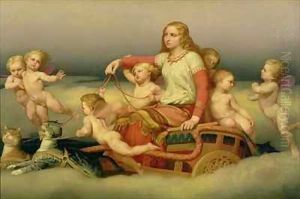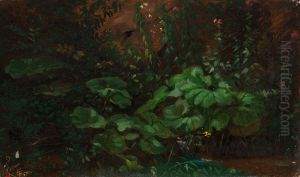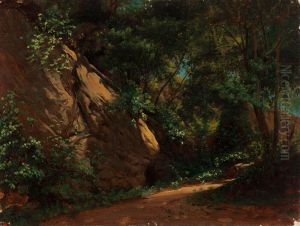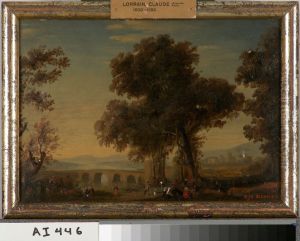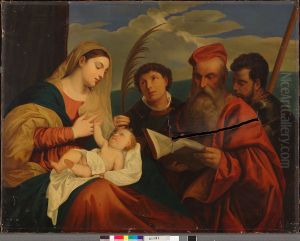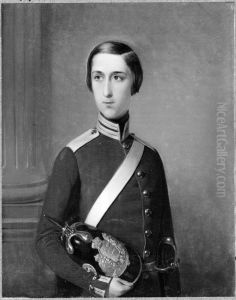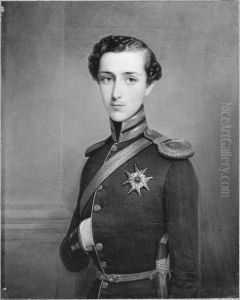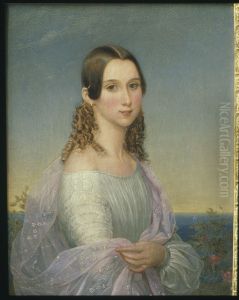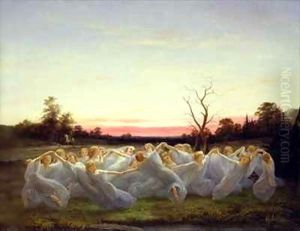Nils Blommer Paintings
Nils Johan Olsson Blommér, born on October 2, 1816, in Blommeröd, Höör, Skåne, Sweden, was a notable Swedish painter associated with the Romantic movement. His artistic journey began in earnest when he moved to Stockholm in 1837 to study at the Royal Swedish Academy of Arts. There, Blommér was exposed to the prevailing romantic nationalistic trends, which significantly influenced his choice of subjects, often drawing from Norse mythology and Swedish folklore. His work is characterized by a rich use of color, meticulous attention to detail, and a deep reverence for nature and the mythical past, which resonated well with the romantic spirit of his time.
Blommér's artistic contributions were part of a larger 19th-century European romantic movement that sought to emphasize emotion and individualism, a reaction against the industrial revolution and the scientific rationalization of nature. In Sweden, this movement was deeply intertwined with national identity and the rediscovery of local myths and legends. Blommér, along with his contemporaries such as Carl Gustaf Hellqvist and Johan Fredrik Höckert, played a crucial role in shaping the Swedish art scene by bringing these elements into their work.
Despite his relatively short life, Blommér left a significant legacy. He died on February 1, 1853, in Rome, Italy, where he had traveled for health reasons and to study the great masters of the Renaissance. During his lifetime, he was highly respected and received numerous commissions, including work for churches and other public buildings, which helped to popularize his themes and stylistic choices. Today, Nils Blommér is remembered as a key figure in the development of Swedish romanticism, and his paintings continue to be celebrated for their beauty, historical value, and cultural significance.
